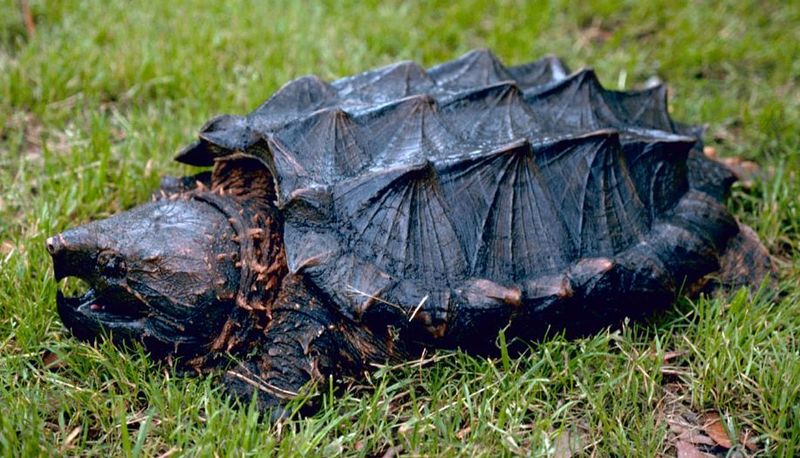What we have been learning lately.....
The monkey and gorilla info was sparked from the question, "mom, what do gorillas and spider monkeys eat?, we need to look it up."
The turtle and frog were reptiles we learned about at the Ft. Myers Imaginarium.

Spider Monkey
The diet of spider monkeys consists of about 90% fruits and nuts. They can live for long periods on only one or two kinds of fruits and nuts. They eat the fruits of many big forest trees. Most feeding happens from dawn to 10am.
Spider monkeys have a unique way of getting food: a lead female is responsible for feeding. If she cannot find enough food for the group, it splits into smaller groups to find food easier. Caeden also learned from the Naples zoo that mokeys, poo in the water, because they don't want to get their islands dirty.
Gorillas

What gorillas eat depends on what their habitat provides and on the time of the year. Mountain gorillas mainly feed on green plant parts, whereas lowland gorillas eat a lot of fruit. However, in the dry season only a few juicy fruits are available and so the animals have to eat more seeds and tree bark instead. Usually, fruits grow on trees; gorillas of all ages climb these trees to harvest them. Although western gorillas eat a higher percentage of fruit than of leaves, stems, pith and shoots, they still eat markedly less fruit than do chimpanzees and orangutans.
Alligator Snapping Turtle 

The inside of the turtle's mouth is camouflaged, and it possesses a worm shaped thing on the tip of its tongue used to lure fish. The turtle hunts by lying motionless in the water with its mouth wide open.
The Alligator Snapping Turtle possesses extraordinary bite strength, and can be quite aggressive when cornered.
Bufo Toad 

The Giant Toad (a.k.a. Marine Toad or Cane Toad) is the largest of the Florida frogs and toads. When this non-native species is threatened, it secretes a highly toxic milky substance from its large parotoid glands in the back of its head. This secretion will burn eyes, may inflame the skin, and can kill cats and dogs if they ingest it. Originally released in sugar cane fields to help control rats and mice, it now is commonly found in South Florida yards. It breeds year round in standing water, streams, canals and ditches. The call is a low-pitched trill which sounds like an idling diesel engine. The other two defense mechanisms are bloating really big so he is too big to swallow from predator snakes, and squirting water out of his rear.
See you next week, we are going to Virgina for a VACATION!!!
1 comment:
Wow I feel smarter after reading this post! See you guys next week!
Post a Comment